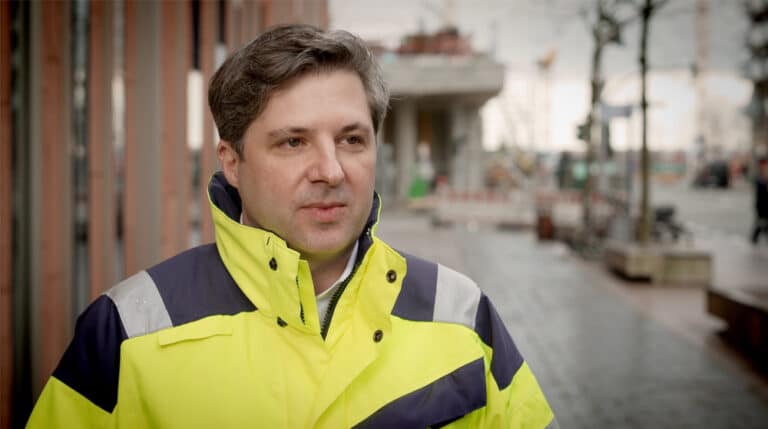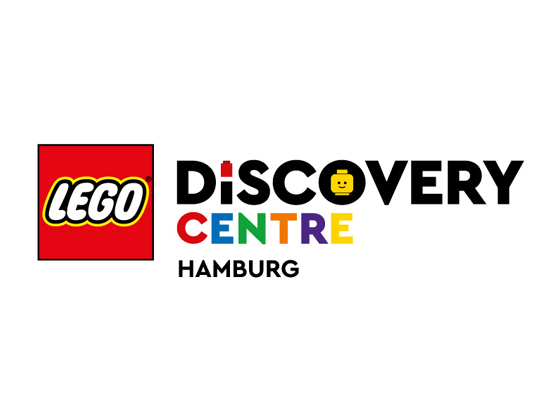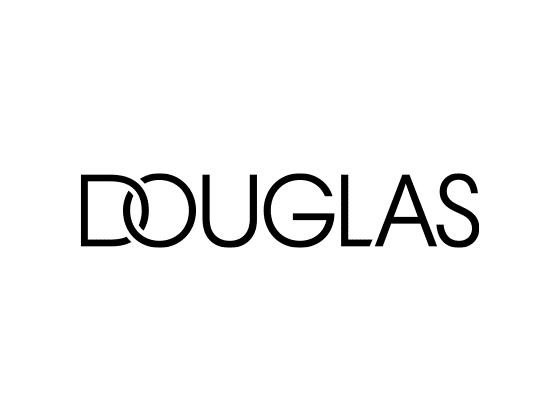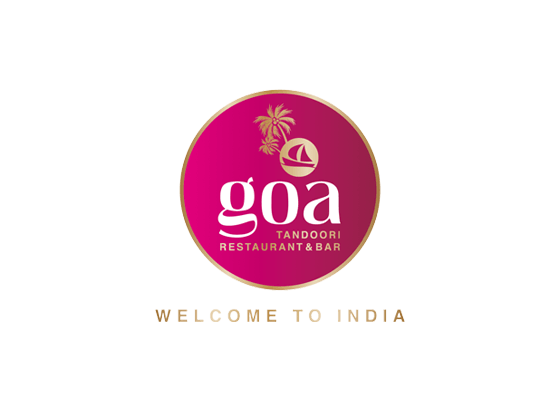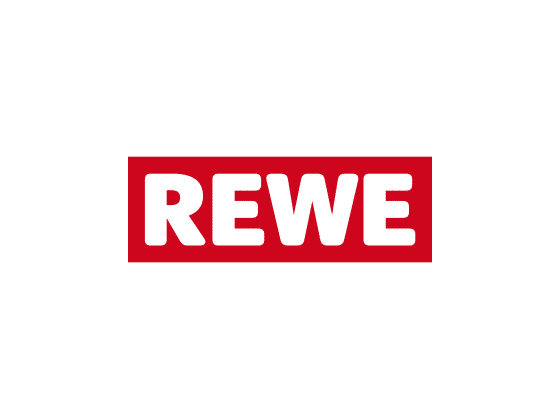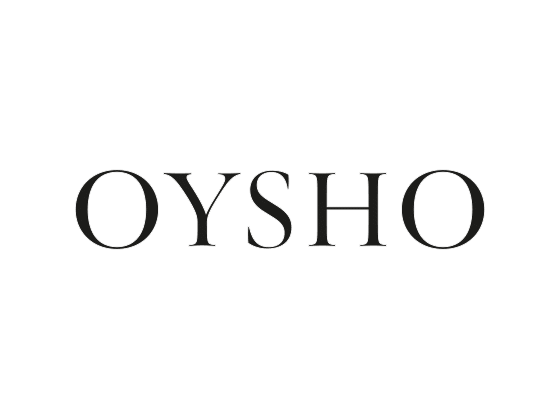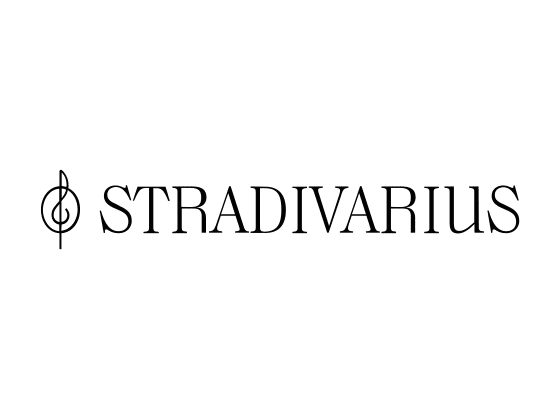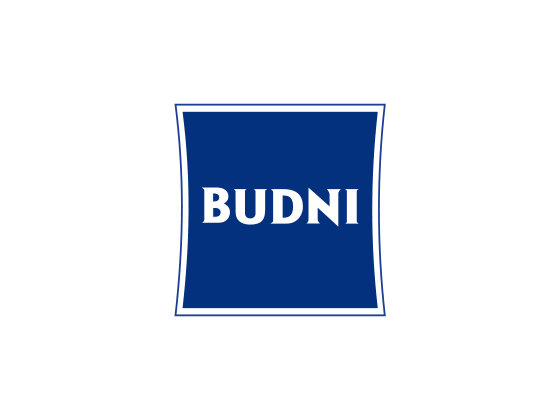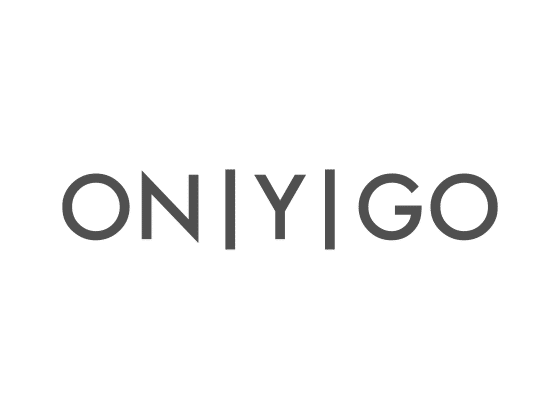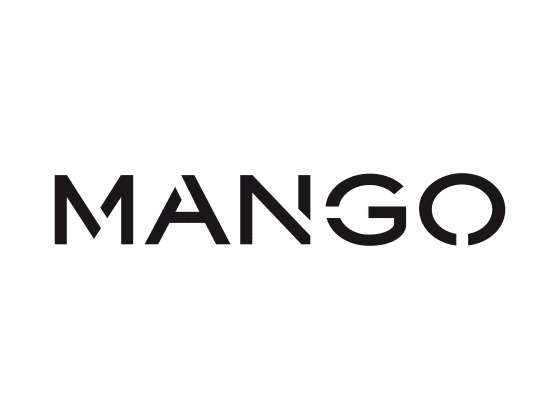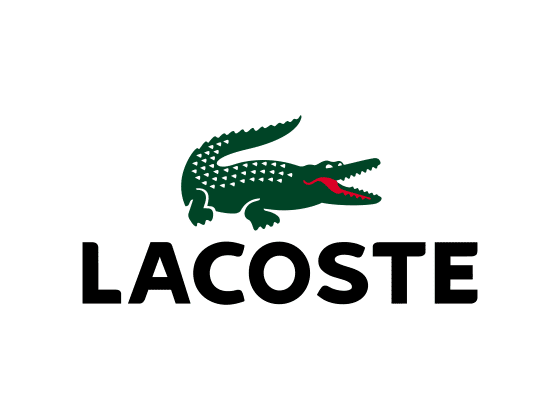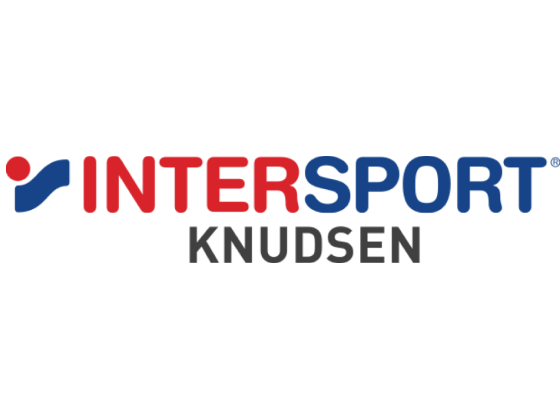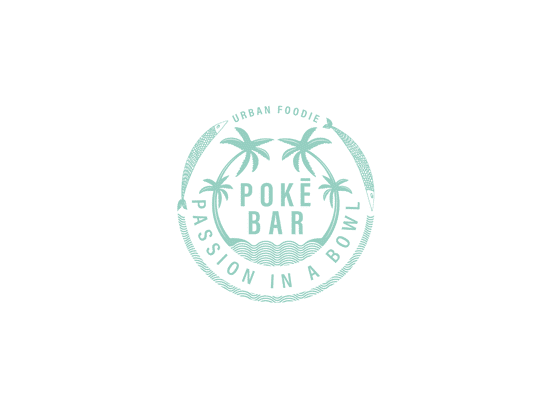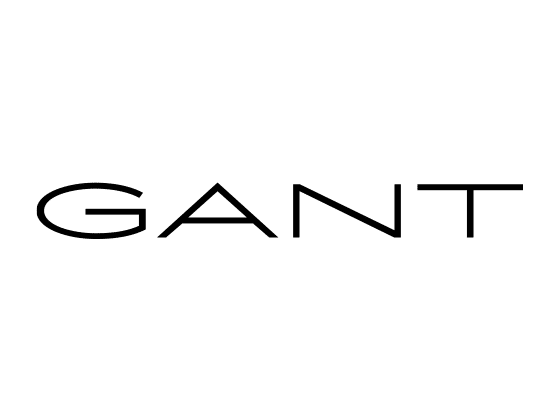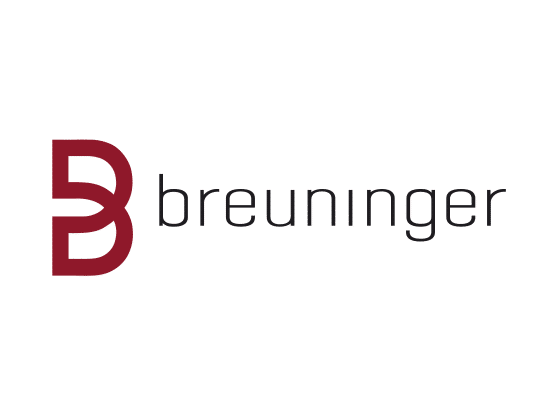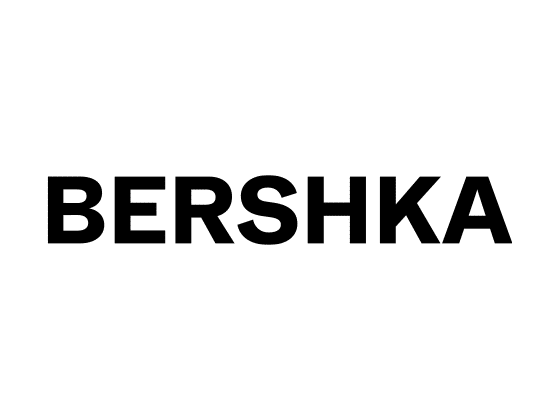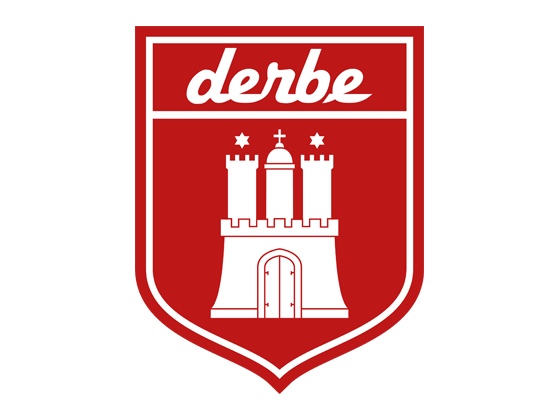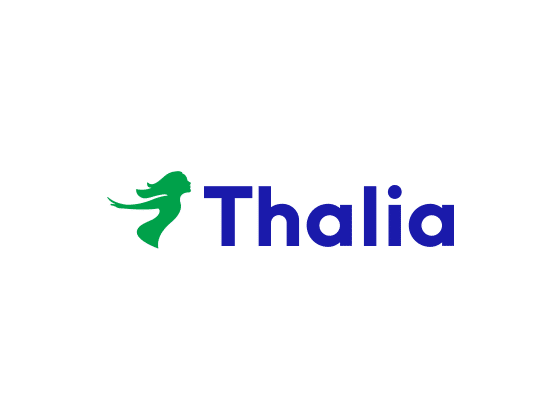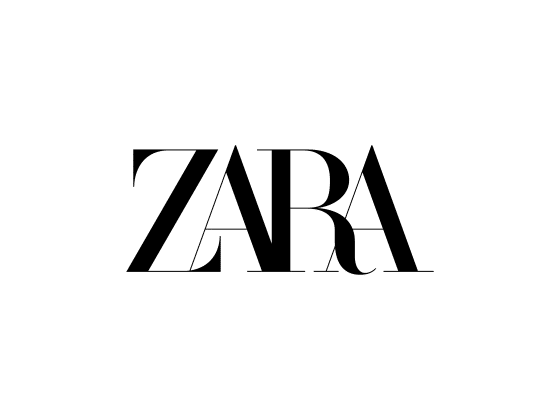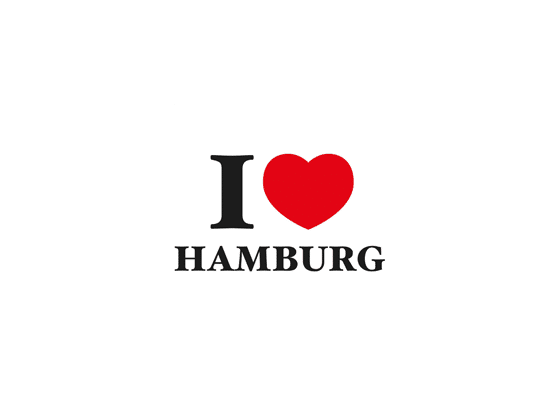As DGNB Senior Auditor and BREEAM AP/Assessor of the owner-managed engineering company ennac GmbH in Aachen, Thorsten Bleyer has been advising Unibail-Rodamco-Westfield on all aspects of sustainable building for several years. His current project is the largest of his career to date: the Westfield Hamburg-Überseequartier.
In his function as sustainability coordinator, Thorsten Bleyer accompanies the project development of Unibail-Rodamco-Westfield (URW) in Hamburg’s HafenCity from the planning and construction phase to completion. The civil engineer pays particular attention to compliance with the criteria of the respective catalogue of requirements for the sustainability certification of buildings. In the interview, he explains the professional approach as well as the numerous advantages of sustainable construction and building certifications.
Watch the full interview here
Advice on sustainability aspects of building projects
It is a project of gigantic proportions: in the southern Überseequartier of Hamburg’s HafenCity, around 650 flats, office space with around 4,200 workplaces, three hotels, a cruise terminal and a wide range of shopping, gastronomy and leisure facilities are being built until autumn 2023. A total of 14 buildings are currently under construction. The special focus of the project: sustainability in construction and later operation. A lot of emissions are produced in the construction industry, but there are ways to minimise them. To point these out and to accompany and check the implementation is the task of Thorsten Bleyer: “We have several concepts that we create in the planning phase and accompany during the construction of the building so that they then run optimally in operation.”
Certified sustainability
In addition to already being pre-certified as a sustainable construction site by the DGNB (German Sustainable Building Council), the quarter is aiming for a BREEAM Communities certificate. In addition, all individual buildings will receive a BREEAM DE New Construction certificate after completion; the quality target is “excellent”. The office buildings C and D (D1/D2) are also to be awarded DGNB gold certification. “These certification systems give good indications because there is a catalogue of requirements according to which we […] evaluate and inspect the building,” explains Thorsten Bleyer. This external proof of quality gives URW the certainty that the quality of the property corresponds to the company’s own goals and not only benefits the subsequent maintenance of the property’s value.
And URW’s goals are ambitious: the company has committed itself to an ambitious sustainability strategy called “Better Places 2030”. Among other things, this strategy aims to reduce the company’s CO2 emissions by 50 percent by 2030 compared to 2015. The demands on the project development in Westfield Hamburg-Überseequartier are correspondingly high. With Thorsten Bleyer, URW has the right partner at its side – together, the aim is to fully develop the potential of sustainable construction. One of the many aspects is material ecology: “We attach very great importance to using low-emission or emission-free building materials in our construction projects.” For example, no solvent-based paints or toxic varnishes are used. After completion of the buildings, the positive effects are reflected, among other things, in the good air quality in the buildings, which is characterised by low emission levels. Thorsten Bleyer sees other positive effects in addition to the environmental aspects: “This is also important for the tenant because then the productivity of the company using the building is increased.” In the end, everyone involved benefits from sustainable construction.
